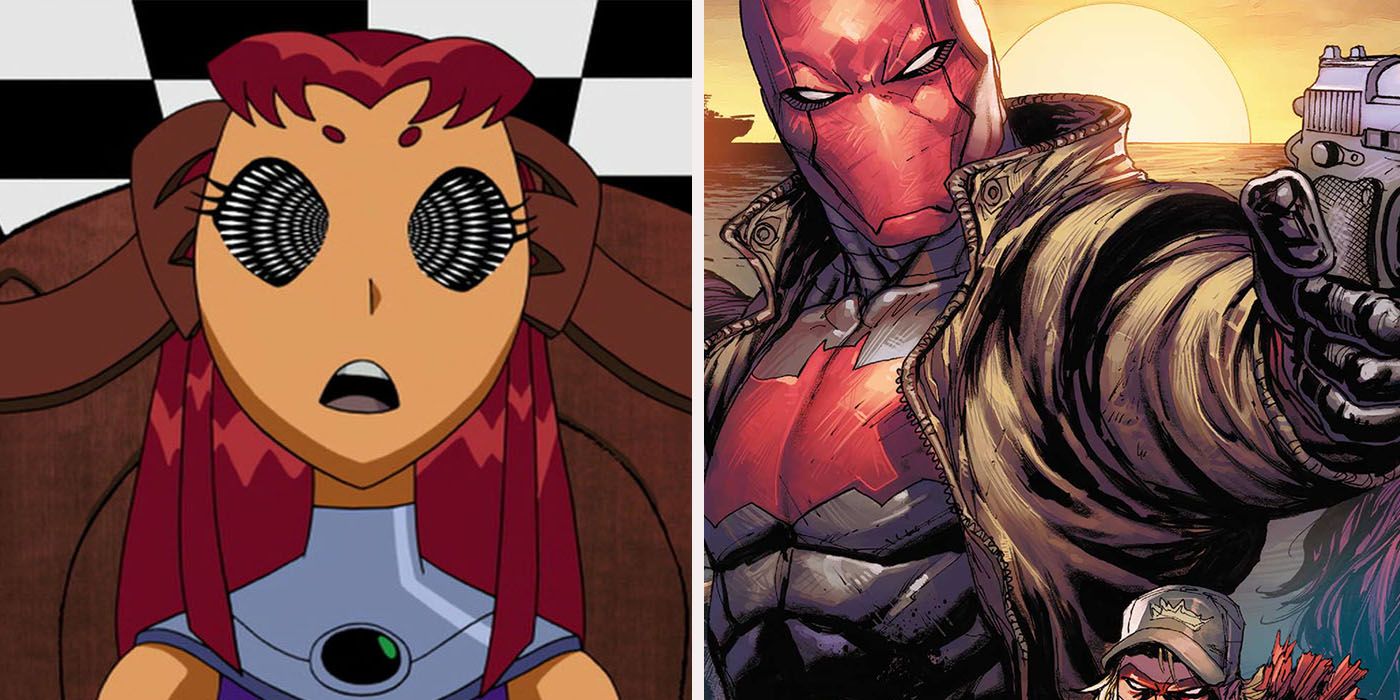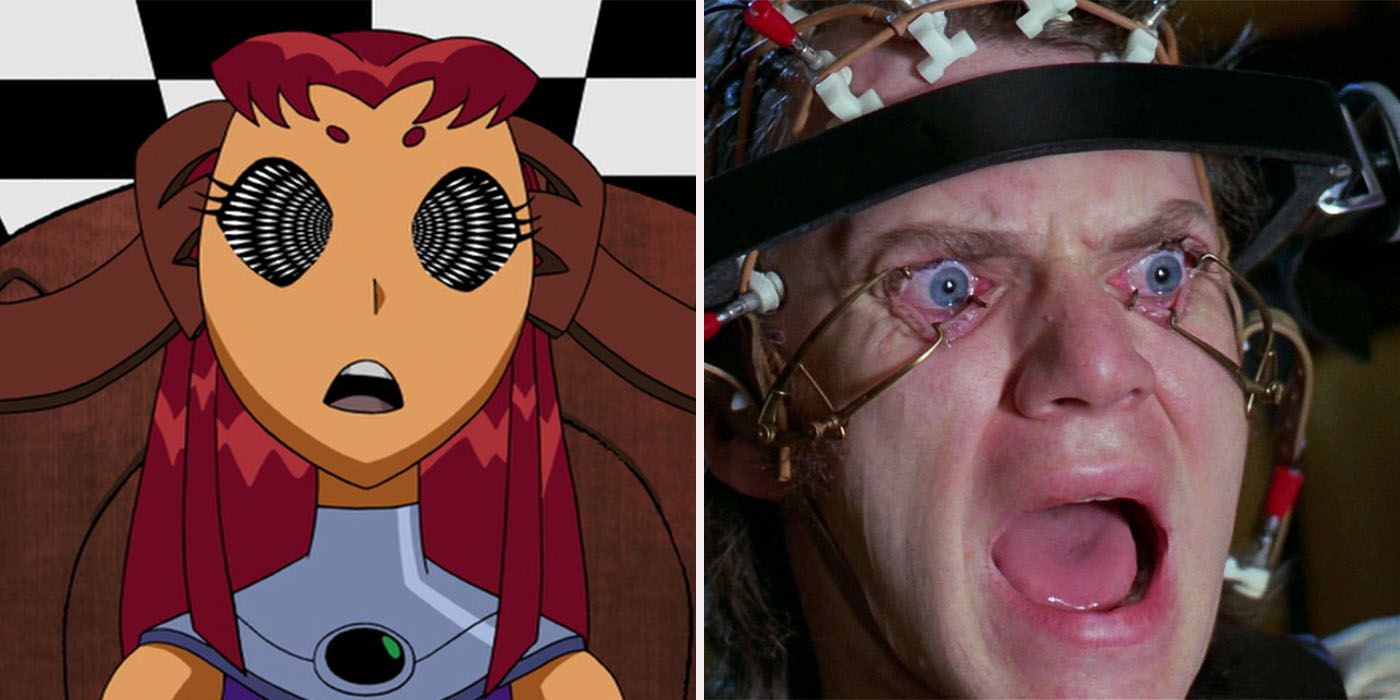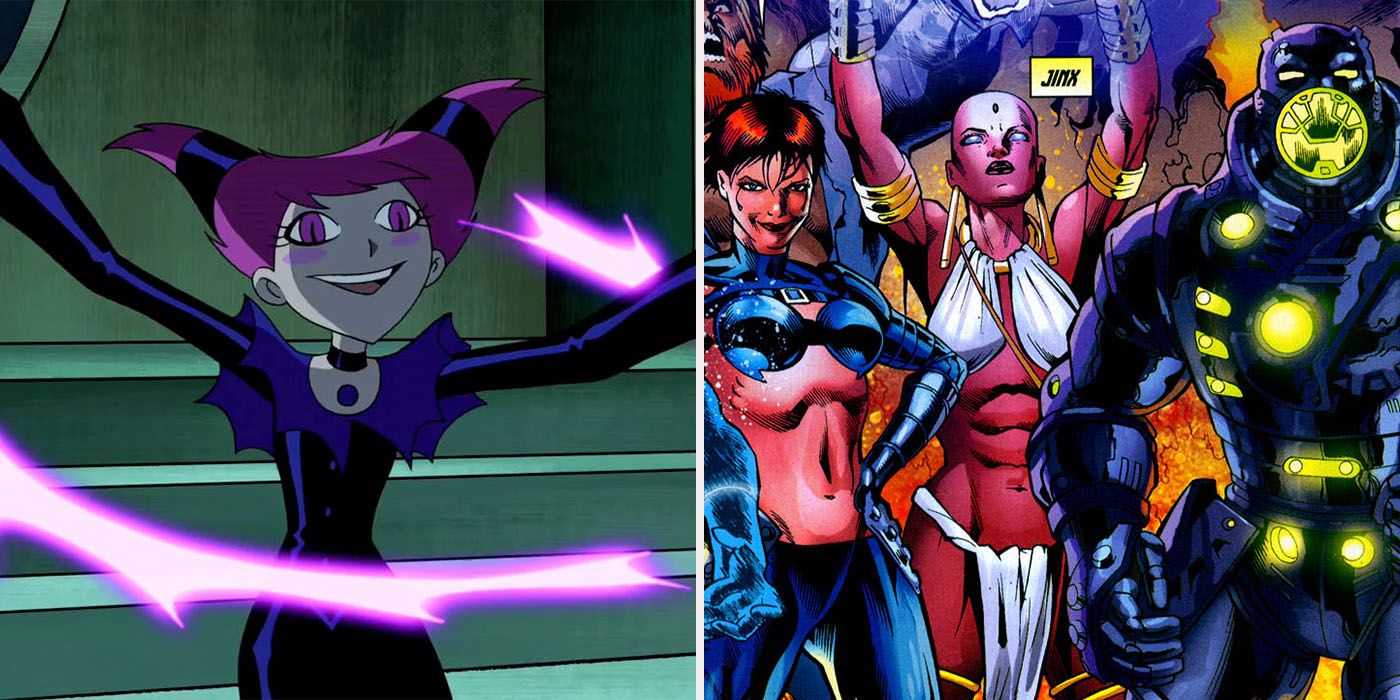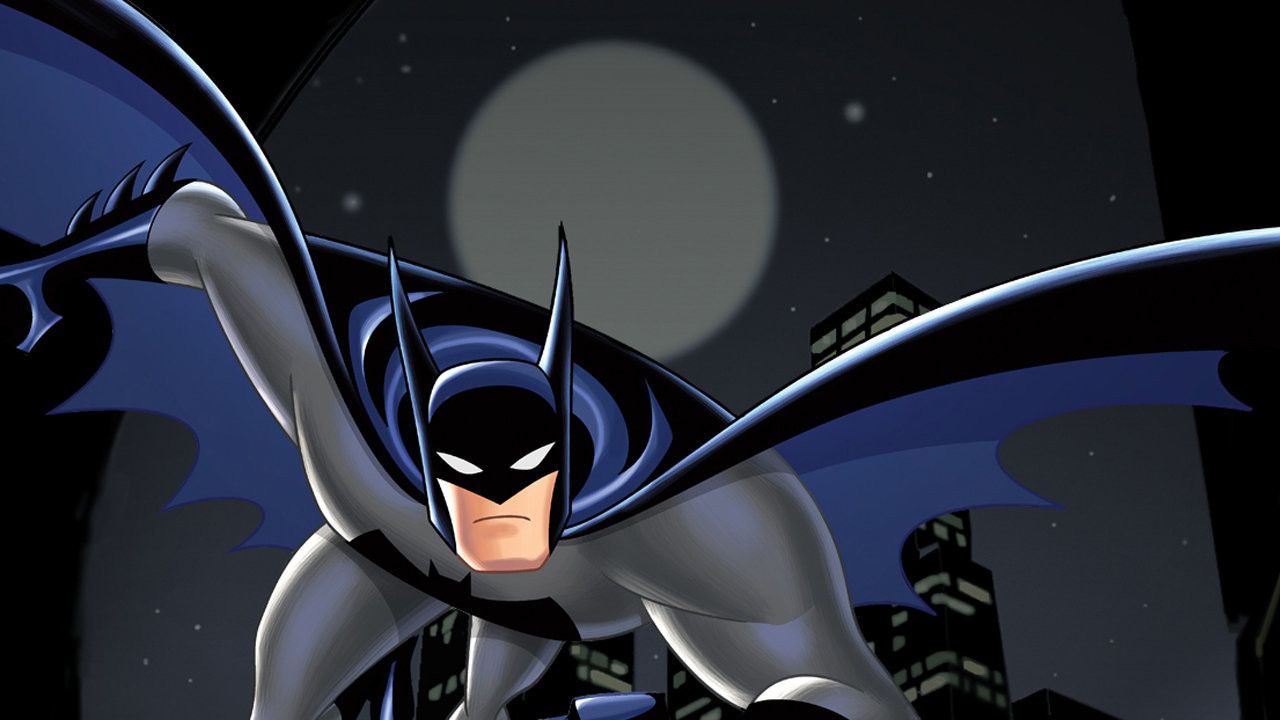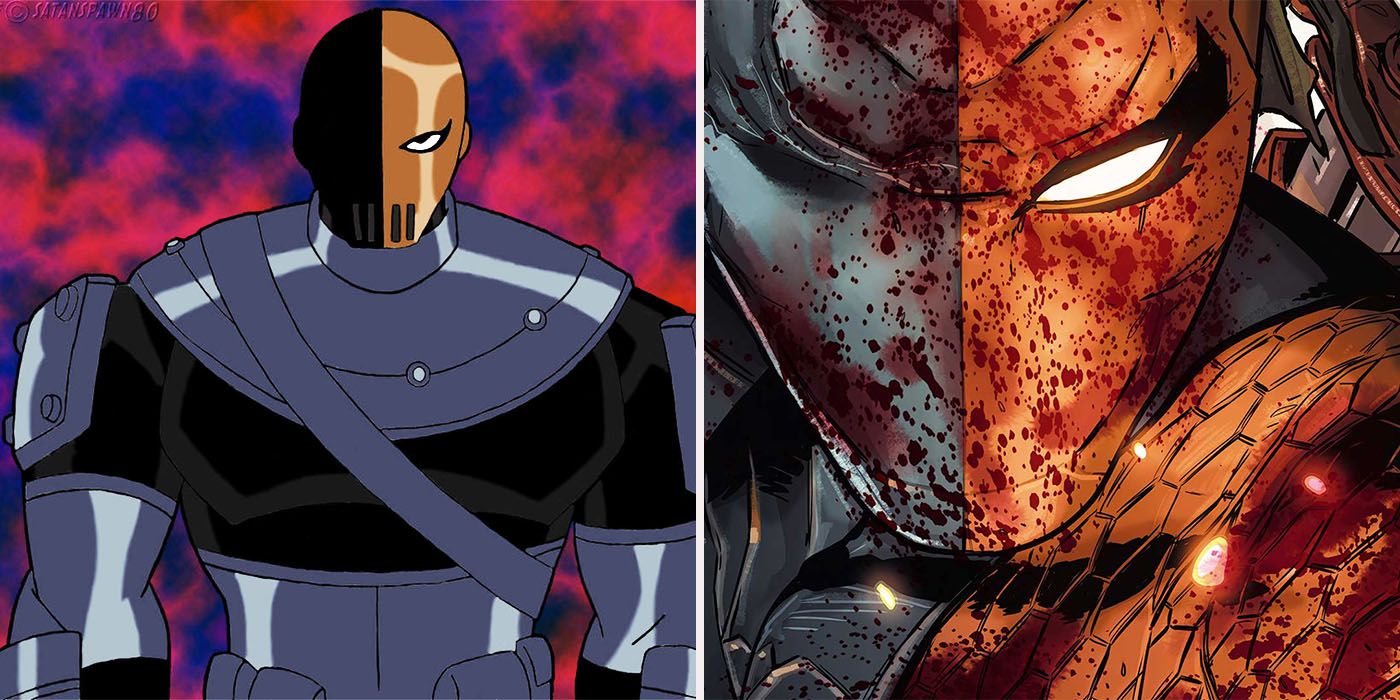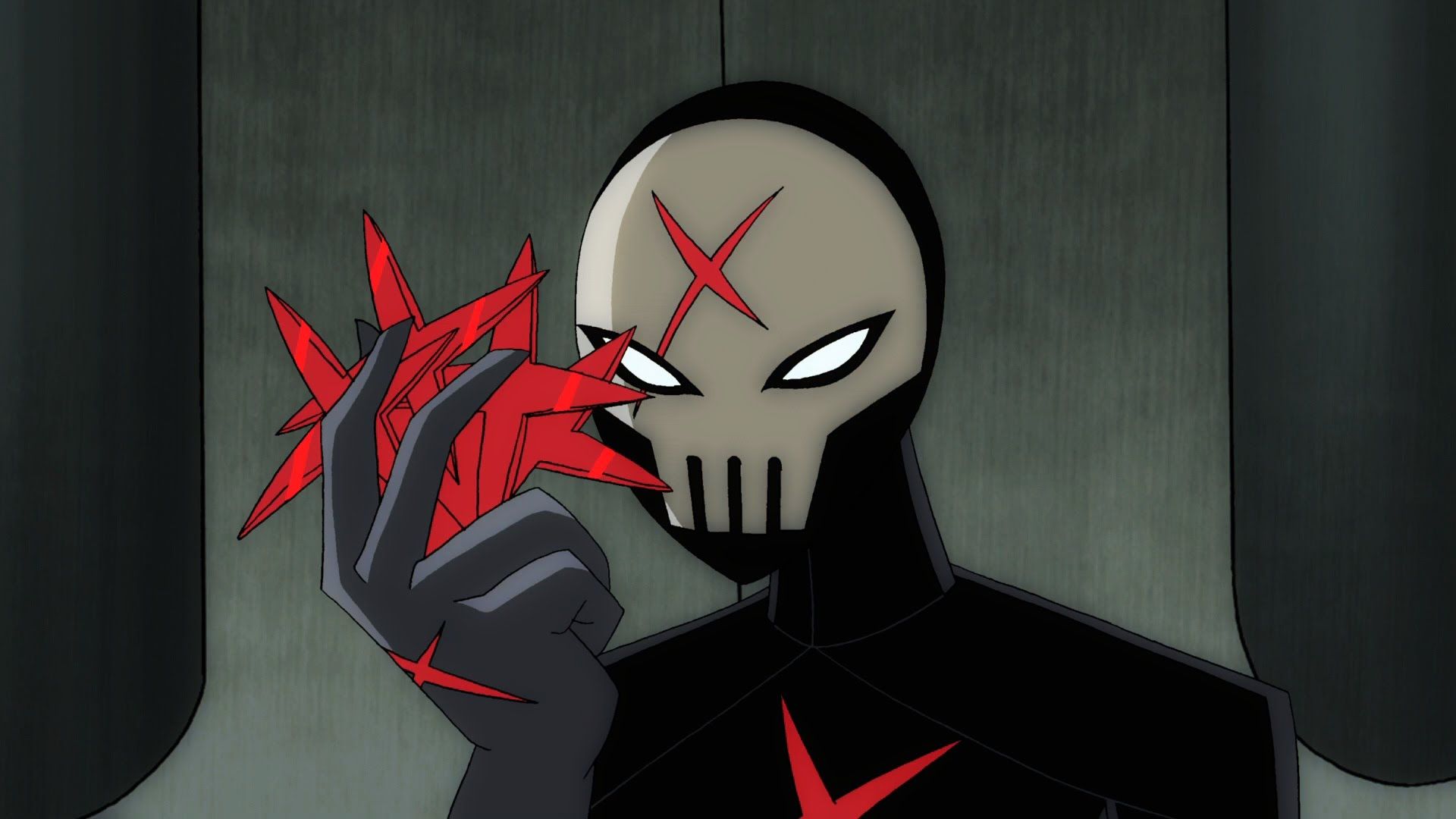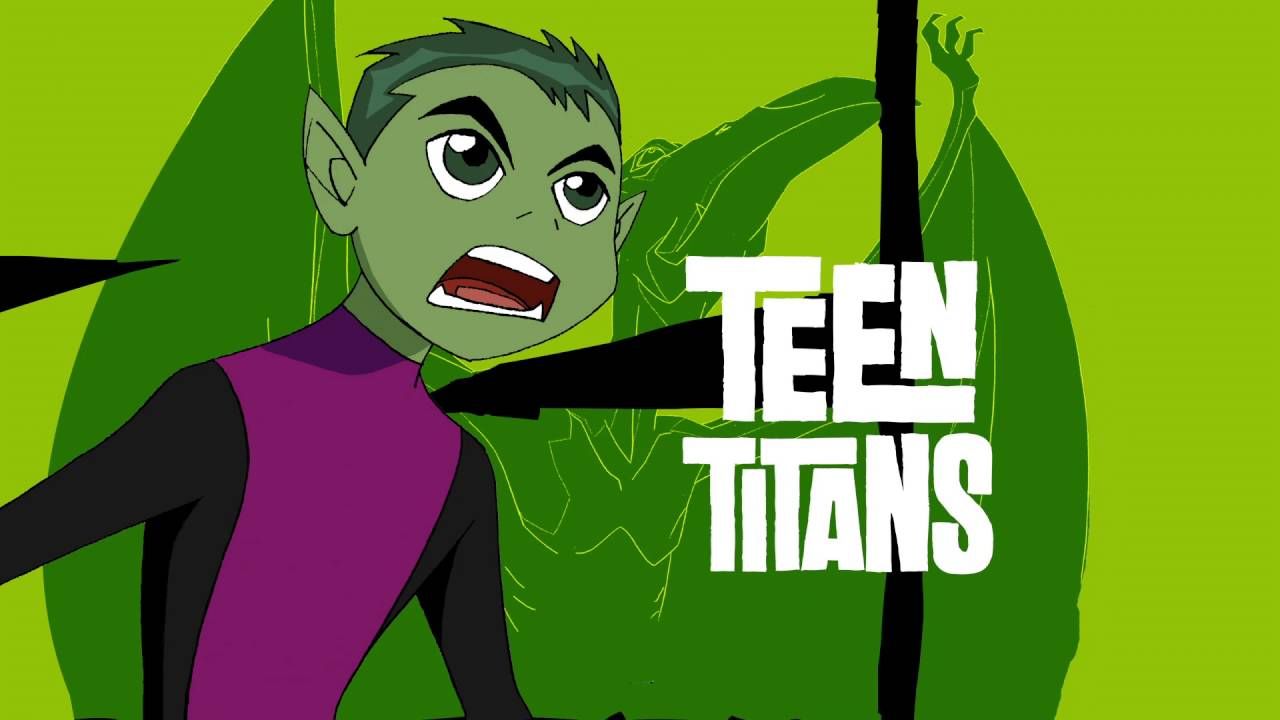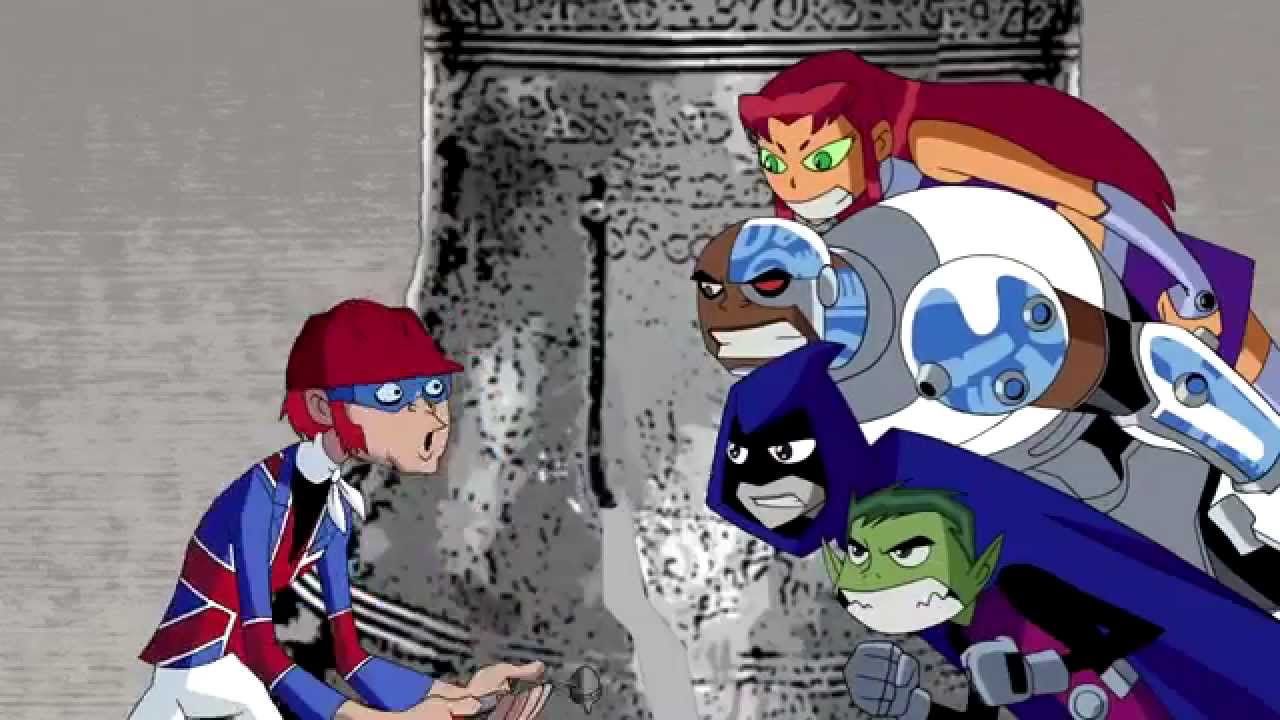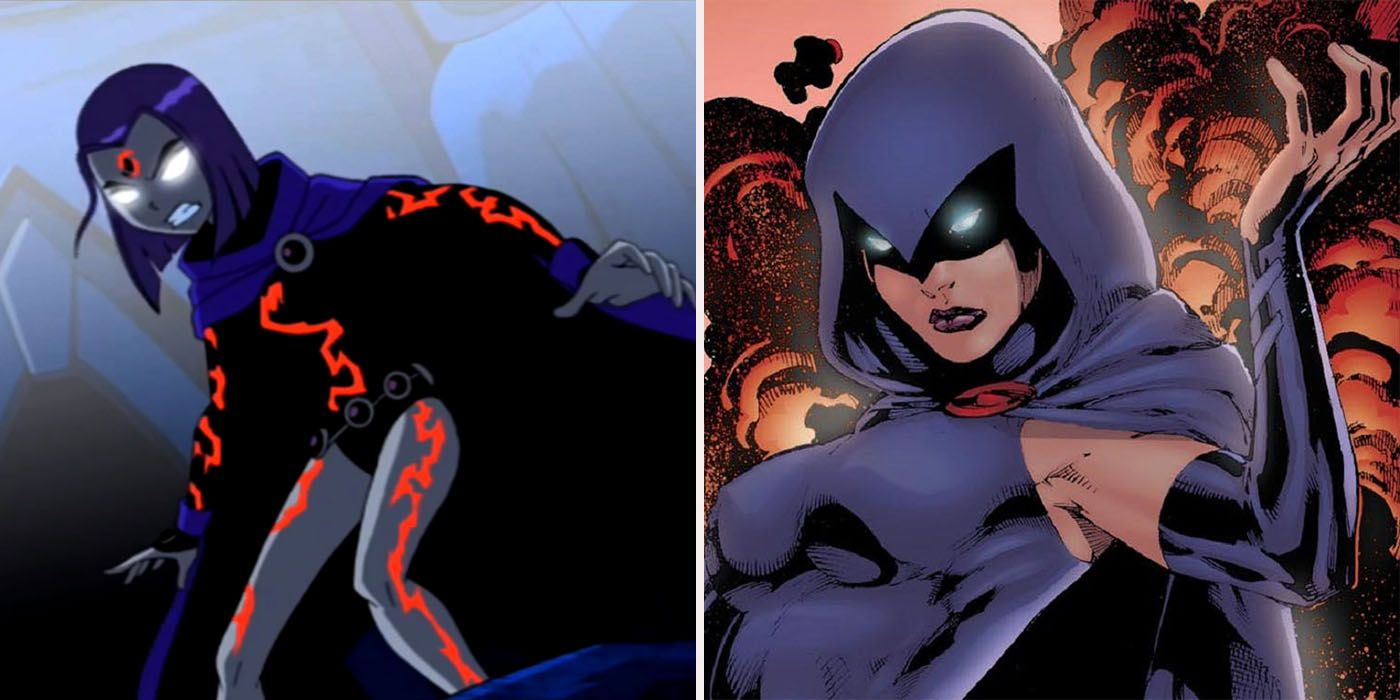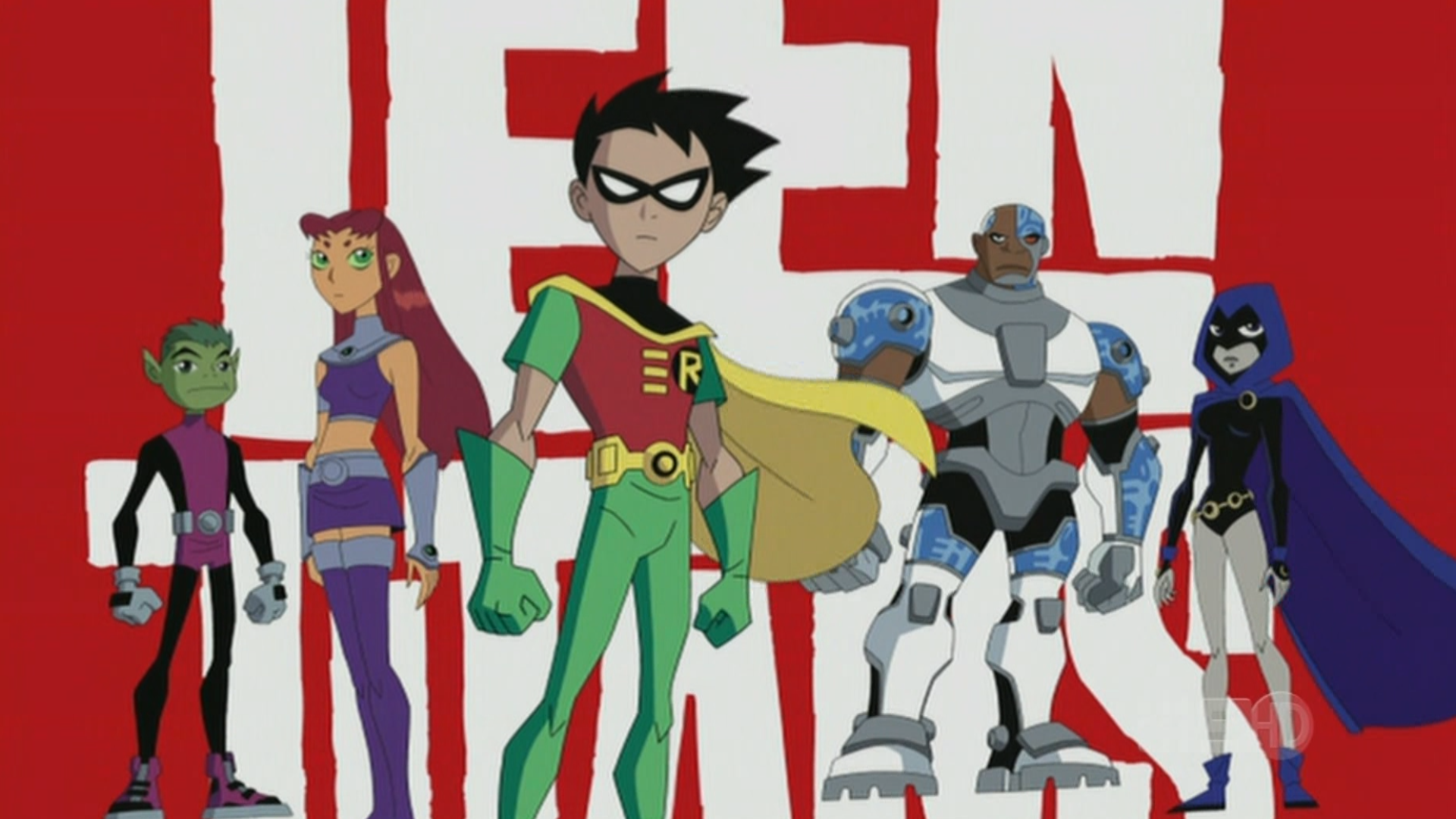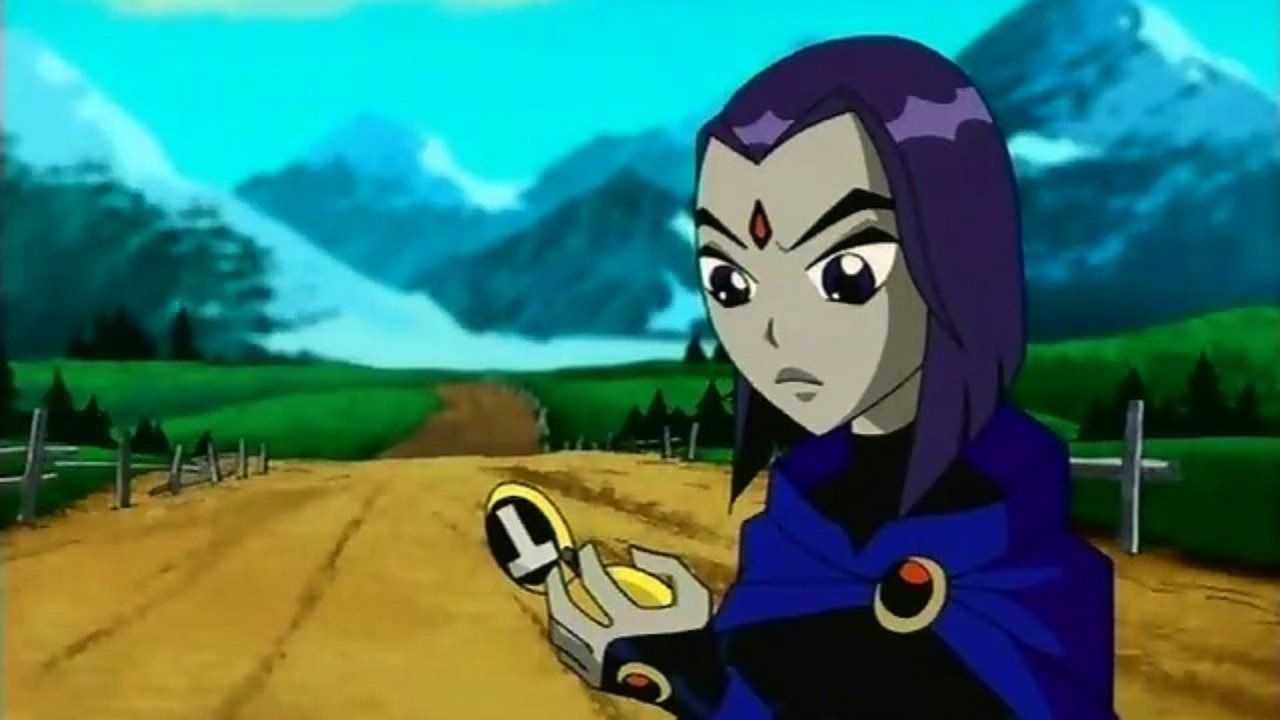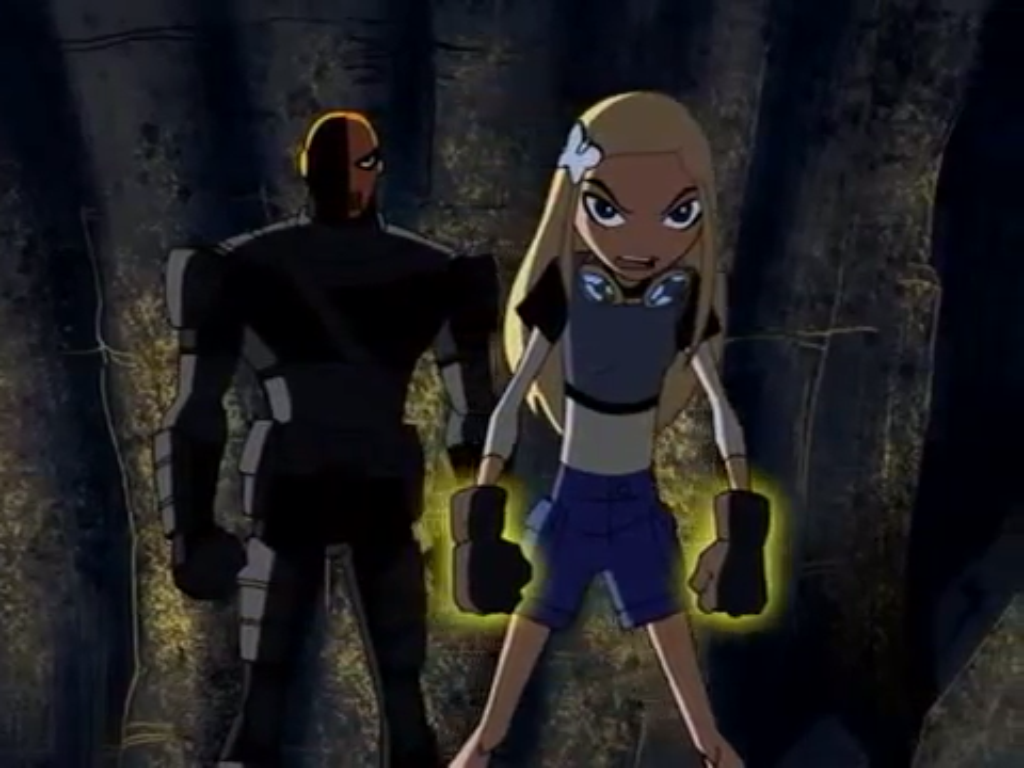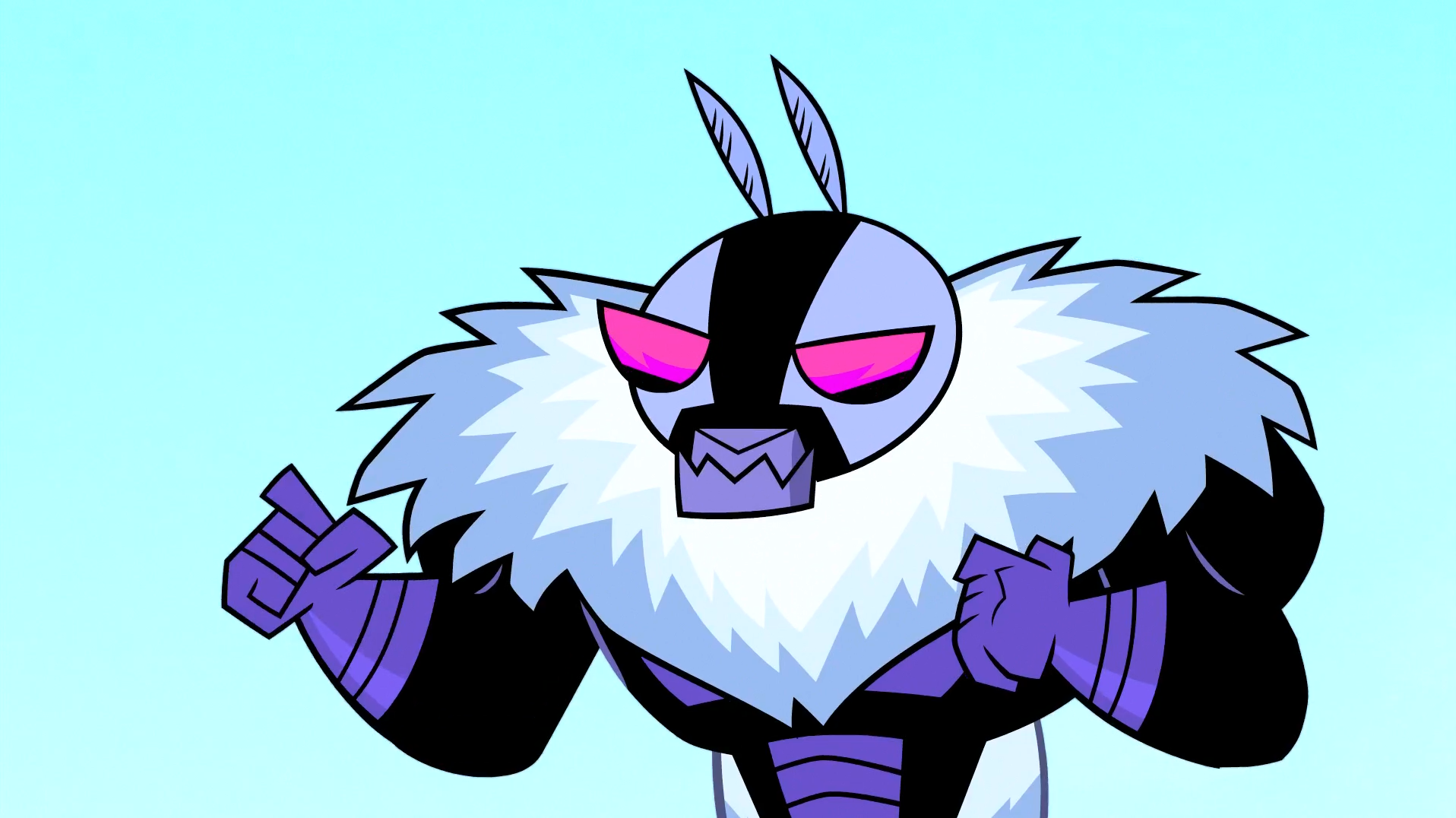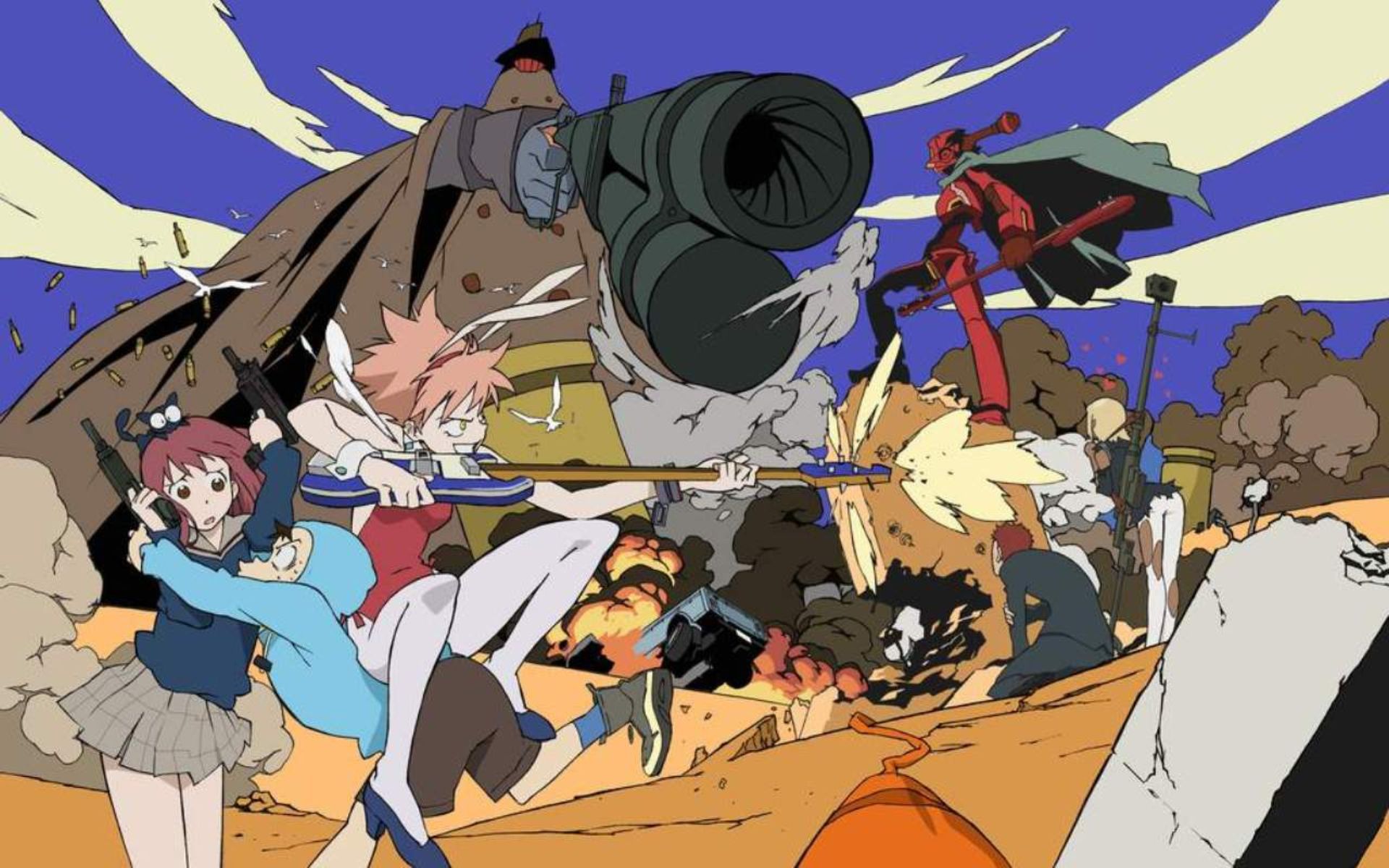Teen Titans was truly great television. This was the kind of show that was deeply compelling for children, but didn’t lose much of its punch for an older audience. One of the chief reasons the show remained so compelling throughout its five season run is because of its in-depth knowledge of its characters. Some superhero shows feel that they can write characters poorly and still create a serviceable show, but Teen Titans never lost sight of the people that it was about.
As it moved through its various seasons, Teen Titans gained a fairly devoted following because of its high quality animation and consistently engaging stories. Even the most entrenched Titans fans may not be aware of some of the small Easter eggs and trivial facts that surround the series, though. After all, Teen Titans sometimes told a pretty sprawling story, and keeping track of the various characters and villainous schemes could be hard enough without worrying about the little details the show had hidden in the background. There are few shows that were more thoroughly thought through, and even fewer that have more secrets hidden inside of them.
With that in mind, here are 15 Things You Completely Missed In Teen Titans.
Mad Mod and a Clockwork Orange
The episode of Teen Titans featuring Mad Mod is truly insane, but in the best way possible. Mad Mod is a villain straight out of the late ‘60s, and he isn’t afraid to make things suitably trippy. Most of the episode focused on Mad Mod features the Titans attempting to escape from his home, and failing miserably. Eventually, they manage to defeat Mod and escape, but not before Mod spends some time orchestrating an elaborate mind control scheme on Starfire.
During this segment, Teen Titans does a total riff on A Clockwork Orange, the Stanley Kubrick film from 1971 that has become iconic in the years since its release. Mad Mod pins Starfire’s eyes open and forces her to watch the scene that’s playing out in front of her, which is exactly the cure that the main character is given for his delinquency in A Clockwork Orange.
Jinx Was Completely Redesigned for the Series
Although Jinx is based on a pre-existing character from the comics, her design in the world of the show is radically different from that of her comic book counterpart. In the show, Jinx is an evil teenager with pale skin and bright pink hair. She’s kind of a foil for Raven, although you might expect the two to switch sides.
In the comics, Jinx’s design is slightly more problematic. She’s an Indian woman dressed only in a golden bikini, and although she may be fierce, it’s hard to deny that she’s being objectified as well.
Of course, Jinx is also a much younger character in this version of the story, so that outfit wouldn’t be appropriate anyway. This version of the character is decidedly whimsical, and although she’s usually up to no good, she’s usually pretty fun to watch anyway. Given all of these factors, the redesign feels like the right decision.
Gotham City References
Although we never actually see it, Teen Titans isn’t afraid of pointing out that Robin, the leader of the Titans, is originally from Gotham City. Gotham, the noted home of Robin’s mentor Batman, is mentioned several times over the course of the show. The city itself is clearly a part of the Teen Titans universe, and although they never visit it on the show, we get the impression that several Titans have been there before, including Robin.
In one episode, Robin is tasked with stealing a device from Wayne Enterprises, which is obviously the company owned by Bruce Wayne. When Slade is attempting to make Robin his apprentice, Slade suggests that he could be like a father to Robin. Robin responds by saying “I already have a father,” before the show cuts to an image of bats flying through a dark sky. Teen Titans was a great show, but it wasn’t always a very subtle one.
Slade vs Deathstroke
Slade is based on the character Deathstroke, but the show’s creators decided that that name was too violent for the show, and so they let him keep his real name. In the comic books, Deathstroke is something of a bounty hunter, and is paid high sums of money in order to take out assigned targets.
Slade has something of a different outlook on life. He’s much more sinister, and is constantly hatching plans designed to mess with Robin’s head, and ultimately shift his allegiances.
It’s hard to argue against the changes that were made to the character for the show. Slade is probably Teen Titans’ most iconic villain, and that’s in large part thanks to the decisions the creators made to turn him into something more than a bounty hunter who works at the behest of others.
Slade is powerful in his own right, and despite his lack of superpowers, he manages to make a pretty enormous impression.
Red X Might be Jason Todd
Red X is one of the more interesting characters in the Teen Titans universe, in part because we never get a real explanation of where he came from. His primary motivation seems to be his own gain, and there has naturally been a great deal of speculation around the character and who might be hiding underneath his mask. One popular fan theory suggests that Red X might actually be Jason Todd, and that theory makes enough sense.
Todd is the second Robin, and he later becomes Red Hood. Todd’s skillset would be very similar to Robin’s, and since the two of them seem well-matched in the show, it would make sense for Red X to be another version of Robin. Although we never get a solid sense of who Red X is in the world of the show, Beast Boy does allude to his identity in The New Teen Titans, a series of shorts that aired on DC Nation.
Two Different Title Sequences
There were two different title sequences for Teen Titans, and both of them were used on the show. They were recorded by the same artist, Puffy AmiYumi, but in two different languages. While most fans know that the show switched between these two themes, it may have often seemed as though the choice was made at random.
In fact, eagle-eyed viewers noticed that more serious episodes of the show feature the English title sequence, while the Japanese title sequence was saved for episodes that were more lighthearted.
This means that many of the show’s biggest episodes, such as the team’s battles with Terra and Trigon, opened with the English theme song. Even if that was the case, plenty of great episodes came with the Japanese intro.
Teen Titans was great in part because it managed to balance its humorous side with actual drama, and the fact that it had two distinct theme songs for each mode only highlights the array of tones the show took on.
Mad Mod's Action Figures
The "Mad Mod" episode of Teen Titans is truly trippy. It aired in the first season, and gave us some sense of just how ambitious this show was going to be moving forward. When Mad Mod returns to the show in the third season and captures Robin, it initially seems like the Titans will be lost without their leader to guide them. In this episode, Mad Mod has small statues of every Titan besides Robin. He’s just the kind of creepy villain who creates models of his enemies.
In this case, though, the models were based on the line of maquettes released by DC Direct. The idea behind the models is for them to be pawns in Mod’s game of chess, and the fact that they’re based on real world figures of the Titans only makes the whole thing creepier. Mad Mod’s episodes were always a little surreal, but the fact that he drew these models from their real world counterparts is a whole new level of insanity.
Raven is Not Telekinetic in the Comics
Raven’s power is pretty extensive in the world of Teen Titans - at least on the show. She’s without a doubt the most powerful member of the team, which actually becomes something of a plot point inside the world of the show. Part of the reason Raven seems so overpowered in Teen Titans is because of an added power that she doesn’t have in the comics. While the show’s version of the character is equipped with telekinesis, that isn’t a power that’s derived from the comics.
Raven was also dead in the comics at the time of the show’s debut, but she was so popular with fans that it made good sense to revive her in the world of the comics. Raven was widely regarded as one of the more fascinating characters in the world of Teen Titans, and fans couldn’t get enough of her. It seems that the creators knew Raven would catch on as they were writing her, so they decided to give her a few extra powers.
The Second Season is Based on "The Judas Contract" Arc
The second season of Teen Titans has one of the better arcs of the entire series, and that’s because it’s focused on Terra, a new member of the Titans who has a somewhat mysterious past. Eventually, Terra turns against the Titans, and joins up with Slade. She completes her arc by sacrificing herself to save the rest of the Titans, but it comes after quite a bit of struggle and conflict for her character.
This arc is based in large part on “The Judas Contract,” an arc from the comics that was eventually transformed into a direct-to-video film. Terra’s story is one of the more iconic in the world of Teen Titans, and the show does it justice from the first moment.
Although many wish that they’d gotten to spend more time with the character, it’s hard to deny that her presence on screen makes an enormous impact, and that’s because they had very strong source material to draw from.
Each Titan Has a Specific Color Scheme
It’s pretty easy to distinguish the Titans from one another, and that’s important. In a series this focused on action, it could get fairly easy to confuse characters with one another, but that never happens in Teen Titans. Although the clarity of the action likely has something to do with this, it’s also in large part thanks to the color schemes of each member of the titans, which are distinct enough to make it hard to mix them up.
Robin is clad in a combination of black, green, red, and yellow, while Cyborg has a white and light blue look. Raven, Starfire, and Beast Boy all have more similar schemes, but each is distinct. Raven’s look is blue and black, while Starfire’s is almost entire purple, but with a shock of red hair, and Beast Boy’s is black and purple, but coupled with his green skin. Beast Boy’s look was changed from the red and white comic book suit in order to ensure that each character looked distinct.
The Show's Final Season Has a Different Narrative Arc
One of the great things about Teen Titans is right there in its title. This is a show about teenagers, and that means that its characters have a chance to mature and change as they grow older and learn more about the ways in which the world works.
The creators of the show decided to reflect that idea inside of the show’s narrative itself. Whereas the first several seasons were largely focused on plots contained within a single episode, the show’s fifth and final season followed one, more sustained arc.
The arc is focused on the Brotherhood of Evil, a superteam that features many of the Titans’ most significant enemies from the show’s various seasons. The show’s creators thought that, after the Titans had saved the world from Trigon, they could handle bigger problems that required much longer to solve. Part of the joy of Teen Titans was watching the team grow up, and the fifth season only showed us more ways they had developed.
Terra Gradually Becoming More Human
Terra’s story is widely regarded as one of the most compelling parts of the entire Teen Titans series. We want her to be good, but she keeps making the wrong choices and eventually ends up siding with Slade. The series does an outstanding job of depicting Terra’s internal conflict, which is a huge part of what makes her story so compelling.
Apparently, all of this conflict is show-invented. The version of Terra who shows up in the comics is much less morally ambiguous. She’s an outright villain, eager to destroy the titans and unwilling to see the good that they do. That may have worked in the comics, but the show’s creators thought that Terra should be a bit more nuanced, and so they decided to create this struggle for her. They also updated her wardrobe, which they argued made her feel more like a real person. Whatever they did, it certainly worked.
Killer Moth and The Brady Bunch
This kind of attention to detail is staggering, and honestly slightly strange. Killer Moth, one of the running villains in Teen Titans, has a home life, just like every other supervillain. When we get to take a look inside Killer Moth’s home, it may seem familiar to some viewers. That’s because the house is an exact replica of The Brady Bunch house, complete with the same decor and everything.
This could just be a fun character detail, one that creators decided to include in order to spice up the show and tell a fairly clever inside joke. Of course, it’s always possible that the reference to The Brady Bunch has some deeper meaning, and serves as a reminder that even the villains that the Titans are so regularly tasked with stopping have lives outside of their villainy.
Killer Moth may want to destroy the entire city, but he’s got a kid, too, and a house straight out of old school television.
The Show is Visually Inspired by FLCL
The anime FLCL was short-lived, but that doesn’t mean it didn’t have a pretty huge amount of influence. The show, which follows a normal teenager whose life is upended by the arrival of an alien investigator, was a huge inspiration for the animators on Teen Titans. Both shows are wonderful to look at, but not in an elegant way. Instead, they have a kind of edgy feel that makes them feel more lived in and grounded.
The animation style is not at all ethereal. These characters don’t exactly have normal human proportions, but they’re drawn with thick lines that seem to suggest that they exist in real space. Some animation is beautiful for its fluidity and grace, but Teen Titans is more rugged, and a large part of that comes from the style of FLCL. Although the show only ran for six episodes, its impact on the world of animation was clearly pretty significant.
Each Season Focuses on a Different Character
If there was one thing that Teen Titans was really good at, it was honing in on characters and making sure audiences understood what they wanted and who they were. In fact, the show was so focused on its characters that it actually devoted entire seasons to exploring one member of the team. That way, we get a chance to know almost everyone on a really deep level.
The first season focuses on Robin the ostensible protagonist of the show and the most recognizable character, and his conflict with Slade. In the second season, the emphasis is on Terra’s arc. The third focuses on Cyborg’s battle with Brother Blood, and the founding of Titans East. The fourth season is focused on Raven and her age-old conflict with her father. Terra’s return in the fifth season puts the focus on Beast Boy, as he takes on the Brotherhood of Evil after the rest of the Titans have been defeated. Unfortunately, we never got to see a season devoted to telling Starfire's story.
---
Do you have any other Teen Titans Easter eggs to add? Share them in the comments!

